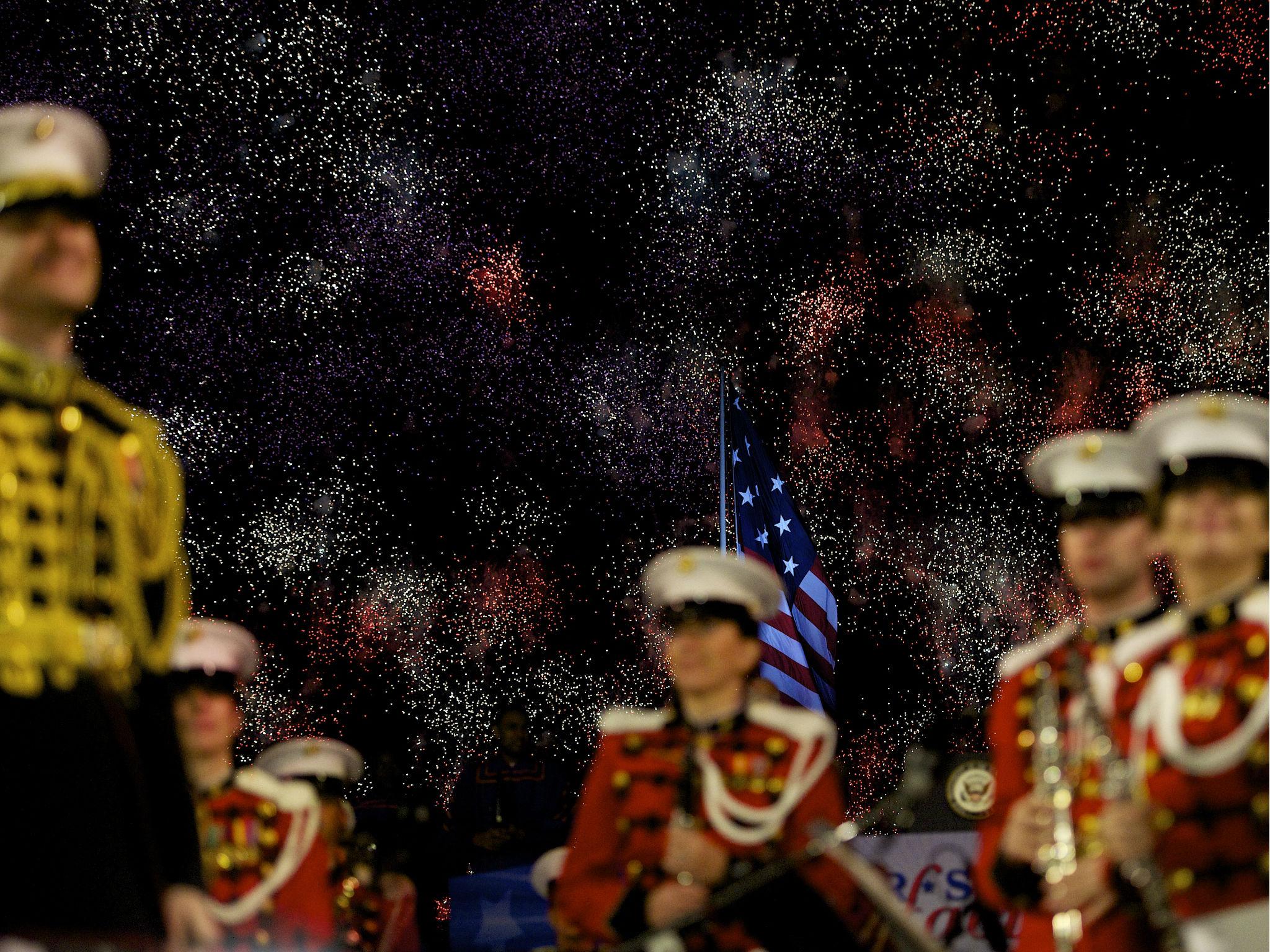Fourth of July 2017: What is it, how did it start, and why do Americans celebrate it?
All you need to know about US Independence Day

Your support helps us to tell the story
From reproductive rights to climate change to Big Tech, The Independent is on the ground when the story is developing. Whether it's investigating the financials of Elon Musk's pro-Trump PAC or producing our latest documentary, 'The A Word', which shines a light on the American women fighting for reproductive rights, we know how important it is to parse out the facts from the messaging.
At such a critical moment in US history, we need reporters on the ground. Your donation allows us to keep sending journalists to speak to both sides of the story.
The Independent is trusted by Americans across the entire political spectrum. And unlike many other quality news outlets, we choose not to lock Americans out of our reporting and analysis with paywalls. We believe quality journalism should be available to everyone, paid for by those who can afford it.
Your support makes all the difference.Americans are celebrating the Fourth of July, which marks an event of massive historical significance for the country. If you're unsure of why Americans celebrate it, or where it comes from, here is everything you need to know.
What is it?
The Fourth of July is the most significant national holiday in the United States. It celebrates the Declaration of Independence, adopted on 4 July, 1776. The Thirteen Colonies of America declared themselves to be states and no longer part of the British Empire, though the revolutionary war continued for some time after.
What’s the story behind it?
The original United States of America was made up of a collection of East Coast states known as the Thirteen Colonies. These were: Delaware, Pennsylvania, New Jersey, Georgia, Connecticut, Massachusetts Bay, Maryland, South Carolina, New Hampshire, Virginia, New York, North Carolina, and Rhode Island and Providence Plantations.
These mainly agricultural colonies were run by the British - who had been present on the continent since 1587 - and exploited for their resources, in particular tobacco.
While the relationship between the settlers and British was once amicable, tensions began to escalate over British laws and taxes, such as the Sugar Act, driven by British financial needs. There was also a growing sense of nationalism in the country.
From 1765, some settlers began to demand "no taxation without representation", calling for their voices to be heard in the British parliament.
This tension sometimes erupted into fighting and acts of dissent, such as the Boston Tea Party in 1773. The event was a protest against the Tea Act, legislation which gave the British East India Company a monopoly on sales of tea in the Thirteen Colonies.
Further ill feeling was caused by the Coercive Acts – which became known as the "Intolerable Acts" to American Patriots – which were implemented in response to the Boston Tea Party. The laws took power away from semi-autonomous Massachusetts.
In response to these factors, Continental Congresses – a meeting of delegates from the Thirteen Colonies – were convened. At the second meeting, in 1775, a war of independence against Britain was declared.
The next year, the Declaration of Independence was signed by 56 representatives of thirteen self-styled states (previously the Thirteen Colonies). The signatories included future president Thomas Jefferson and Benjamin Franklin.
The conflict continued until the 1783 Treaty of Paris, which ended the war in favour of an independent America.
How has it been celebrated through history?
Fireworks, speeches, parties, feasts and general celebrations have marked the day since the 18th century. In Bristol, Rhode Island, there was a salute of 13 gunshots in the morning and evening in 1777. The town has held the nation's longest running Independence Day celebration.
In 1778, George Washington, then a general in the revolutionary army, issued his troops with a double rum ration.
The first recorded music commemorating independence was the ‘Pslam of Joy’, written by Johann Friedrich Peter in Salem, North Carolina.
Many towns and cities across the US have their own annual celebrations.
How has the government marked it?
Congress made the day an unpaid national holiday for federal workers in 1870, and in 1938 it became a paid holiday across the country. Government officials also take part in celebratory functions and make speeches.
How do people celebrate it today?
Firework displays and parties are the most well-known activities associated with Independence Day. All major cities have fireworks displays and there is also one given by the White House. As a national holiday, it also serves as an occasion for reunions and vacations.
Join our commenting forum
Join thought-provoking conversations, follow other Independent readers and see their replies
Comments